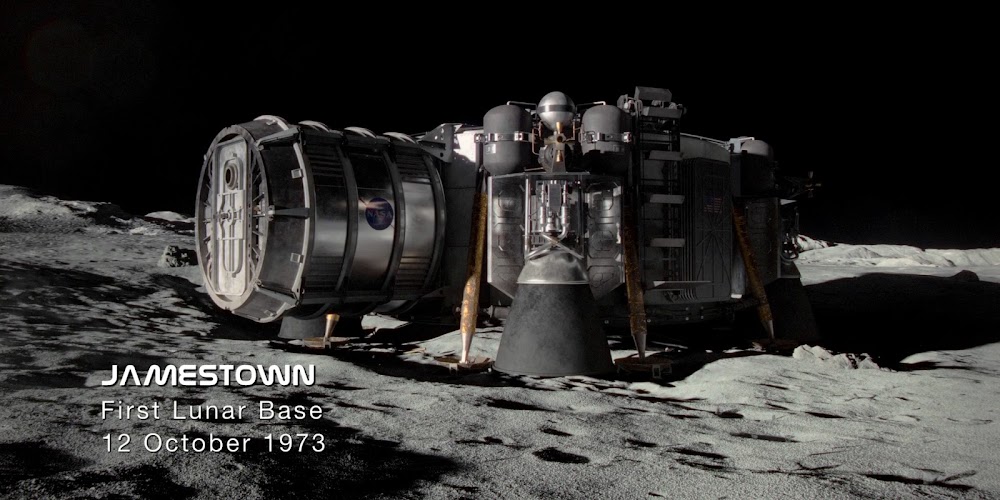As Brutalism started with an ethos of social utopianism but ended with associations of being cold, inhuman and totalitarian, no wonder it is the most dominant architectural style in dystopian fiction. But it is present also in general science fiction when envisioning a city in future.
One of the flaws of most Brutalist buildings is associated with weather effects on raw concrete, especially in wet and cold climate. Thus, despite being massive and seemingly long-lasting, most of Brutalist buildings are in poor condition today. But it's not a concern on Mars with its dry climate preserving rocks for billions of years. That is one of the reasons movies, TV series, games and art portraying human colonies and bases on Mars is filled with buildings in Brutalist style. Although the truest reason could be that Brutalist architecture with its simple shapes and monochrome colors can be easily reproduced in art, computer graphics and film sets :)
Here are some examples of Brutalist architecture in movies, TV series, video games and art set on Mars:
In movies and TV series
One of the most famous Martian movies - Total Recall (1990) - has some of the purest examples of Brutalist architecture, although most of them in scenes on Earth (filmed in Mexico City):






















